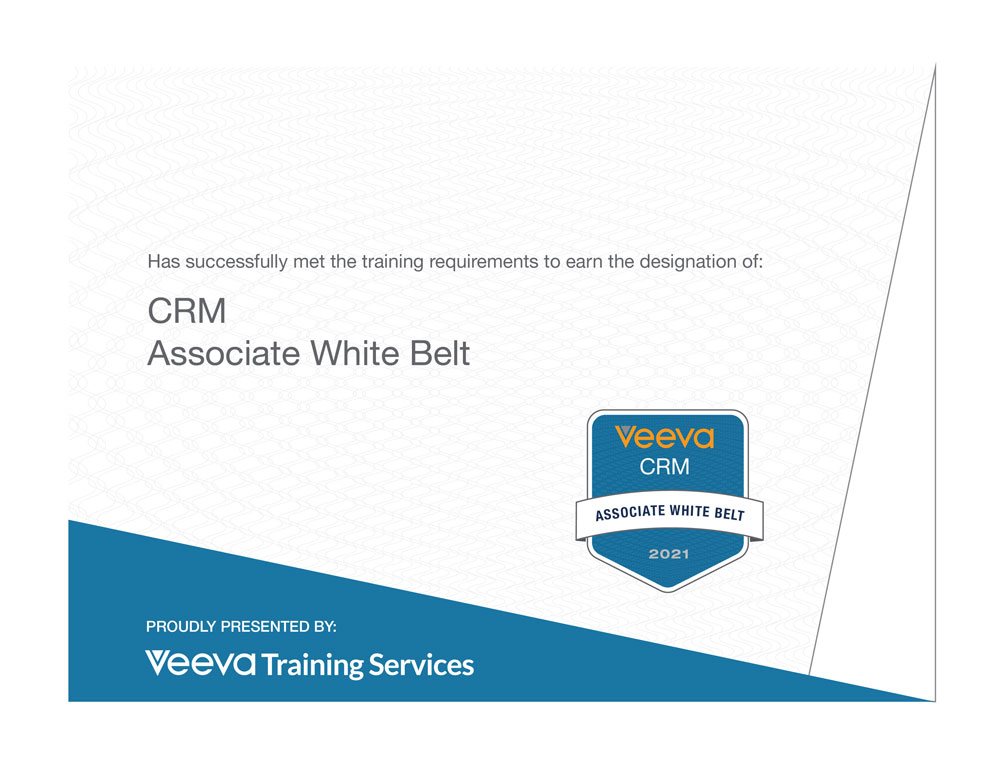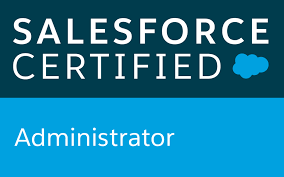
You have built a product and want to make a profit from it? Did you spend months on analysis, implementation, and on introducing fixes and new functionalities? Now, the number of changes has grown so that you start to wonder whether you haven’t missed a detail that can ruin the wow effect when you launch the product to market? Don’t wait and verify your tool with the help of a manual tester. Well-executed manual testing is a process that requires engineering knowledge and experience. At Craftware, we have them both, and our manual testers focus mainly on the quality of the completion of tasks ordered to us.
- projects/products involving specialized knowledge
- software development process (PoC, project phase)
- high-risk projects in which error classification can be dynamic
- desktop tests (such as Java, C#)
- exploration tests that require a tester’s experience and intuition
- usability tests that allow the evaluation of clarity and user-friendliness of a given software
- ad hoc tests that do not require thorough preparation as in the case of automation testing
- mobile application testing (iOS, Android, Windows Phone)
- processes preceding automated tests
- tools for test management (HP ALM, Jira, Visual Studio, Test Link, Azure Test Plan)
- non-functional testing (such as Jmeter)
- web application testing (Salesforce, JavaEE, CSS, HTML, SoapUI)
- tests of other tools (Bamboo by Atlassian, SourceTree, GIT, Jenkins).
-
Ensure high quality of a software
Make sure that the new product meets your expectations and is compliant with the requirements.
-
Increase user-friendliness
During product use simulation at the testing stage, you make it more intuitive and user-friendly.
-
Avoid all unnecessary costs
Testing your product lets you avoid financial loss due to potential bugs.
-
Control changes in your product
A manual tester ensures the proper quality of changes appearing during maintenance.
-
Requirements analysis
We analyze requirements related to business goals presented by the customer.
-
Strategy preparation
We determine testing standards: the goal, scope, budget, time, team, testing approach, materials, risk.
-
Plan preparation
We develop a testing plan by allocating resources: who will be testing, when, with what, and where.
-
Test preparation
We prepare a testing environment and create test data.
-
Test task preparation
We create a list of test cases that verify functionalities specified in the customer requirements.
-
Test execution
We perform tests and verify whether customer requirements are met.
-
Bug reporting
We record, categorize, and analyze the deviations found.
-
Bugfix verification
We check whether the reported bugs have been fixed.
-
Regression testing
We confirm whether the applied modifications did not influence other areas of application operation.
-
- functional – also called black-box testing. This type of test focuses not on the technical details but on WHAT the system does. Such tests concern the visible behavior of apps or functionalities with which the end-user will deal with. The product performance is verified based on the pre-defined requirements, which should be met, provided documentation, and business logic. Also, the suggestions of a manual tester who checks the system and tries to guess the recipient’s expectations are essential. Functional tests can be executed at each stage (phase).
- non-functional – can be defined as parameters determining. This type of test concentrates on HOW the system operates. It means measuring these features of a given product that can be assessed on a scale (such as the loading time of a page, a record creation time in an app, and so on). It is important to remember that, usually, parameters are not clearly defined in the documentation. Even if an app turns out to be perfect regarding its functionality, the end-user will not be satisfied with its use when the app is not user-friendly or not operating smoothly. Non-functional tests can be executed at each stage (phase).
-
Regression tests are done after the app is modified. Their goal is to check whether, after fixing an error, there are no other new ones in those app areas that worked properly before. Sets of regression tests are repeated multiple times, and, therefore, they are suitable for automation. Regression testing can be executed at each stage.
-
Exploratory testing is also called ad hoc testing or improvisational testing. These are based on the experience, knowledge, and intuition of the manual tester. Usually, that type of test is used when there is no documentation or sufficient resources, so it is impossible to run a different type of testing.
Exploratory tests, if an app is not that complex, can be done pretty quickly (in the case of a simple app – even in one hour). Thanks to this, we do not have to spend time preparing the documentation. Also, we get to know these areas for which no test cases were written. It is an excellent method to learn about the app’s operation. The exploratory testing can be executed both at the initial and final stage of the product creation.
-
With these tests, interface errors and interactions between integrated modules are detected. By performing them, the manual tester checks the connection between the app’s modules. The integration testing covers many areas, including the integration of modules created within the product and integration with external systems. It is worth remembering – the wider range of integration, the more difficult it is to indicate where the errors are. Integration tests allow testing of the final product.
-










